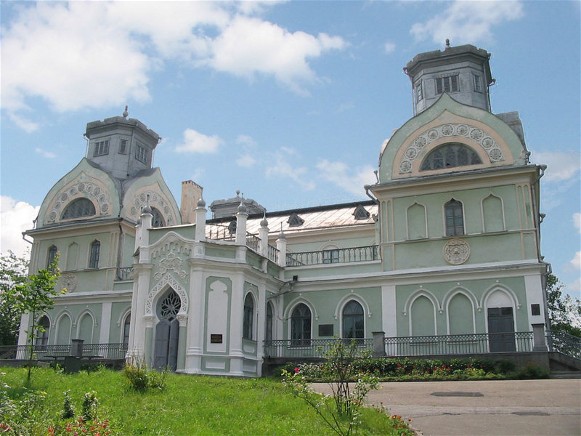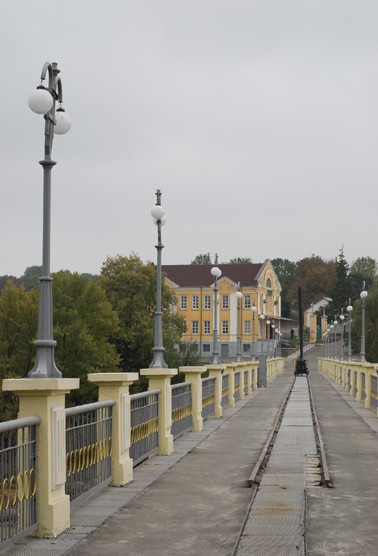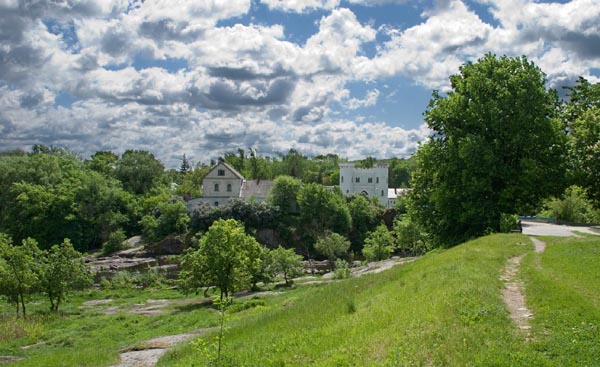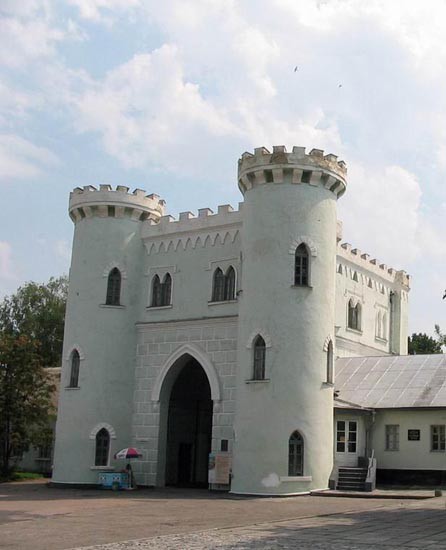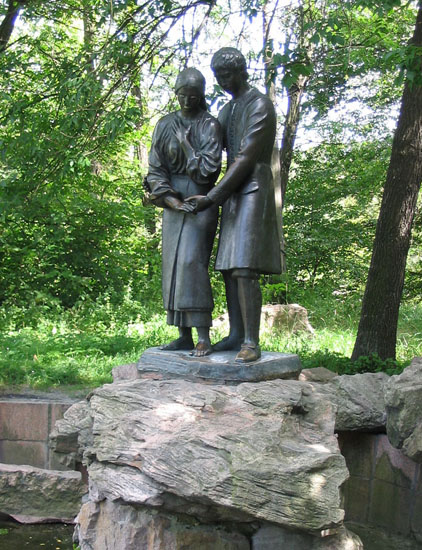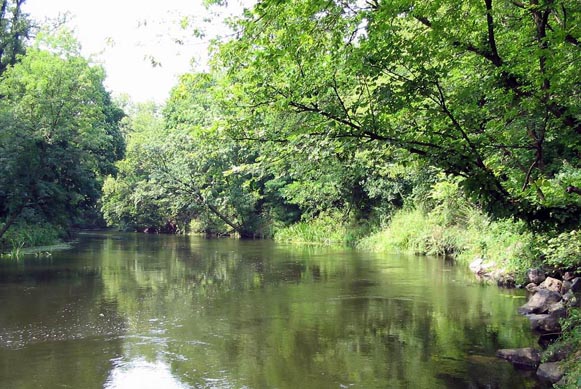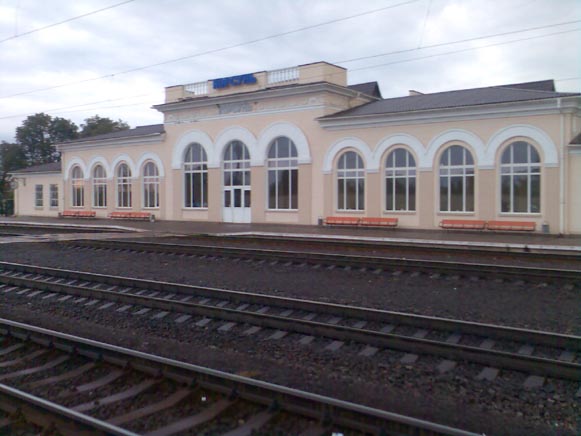Korsun-Shevchenkivskyi
Korsun-Shevchenkivskyi [Корсунь-Шевченківський; Korsun’-Ševčenkivs’kyj]. Map: IV-12. City (2007 pop 18,266) and raion center in Cherkasy oblast, situated on the Ros River. Founded as a fortress by Grand Prince Yaroslav the Wise in 1032, until 1944 it was called Korsun. The town was first mentioned in a historical document in 1169. From 1195 to its destruction by the Mongols in 1240, Korsun was the centre of an appanage principality ruled by the descendants of Prince Volodymyr Monomakh and an important defensive fortress. In 1320 it became part of the Lithuanian-Ruthenian state, and after the Union of Lublin of 1569 it came under Polish rule. In 1585 a Polish fortress was built there, the town received the right of Magdeburg law, and it became the centre of the Korsun starostvo. In 1630 Cossack rebels led by Taras Fedorovych attacked the town and destroyed its Polish garrison. The town was razed by the Polish forces during the 1637 Cossack rebellion led by Pavlo Pavliuk. During the Cossack-Polish War the Battle of Korsun took place there in 1648, and the town was the center of Korsun regiment from 1648 to 1712. In 1702–4 the Korsun colonel Zakhar Iskra was one of the leaders of a popular rebellion. In 1768, during the Koliivshchyna rebellion, the Polish garrison was destroyed by the forces of Maksym Zalizniak. The town came under tsarist rule in 1793. In 1903 one of the largest paint factories in the Russian Empire was built there. In January–February 1944 a 80,000-man German force was encircled and destroyed by the Red Army during the Battle of Korsun-Shevchenkivskyi.
The city's plants produce automobile and tractor machine tools, machine parts, bricks, building materials, canned fruit and vegetables, dairy products, feed, clothing, and furniture; and repair automobiles and tractors. A hydroelectric station is located here. The Korsun-Shevchenkivskyi Historical-Cultural Preserve includes five museums: the Museum of the History of the Korsun-Shevchenkivskyi Battle (in a palace built by Stanislaus II Augustus Poniatowski in 1785–9), a historical museum, an art gallery, the literary memorial museum of Ivan Nechui-Levytsky in Stebliv, and the memorial museum of Kyrylo Stetsenko in the village of Kvitky. A late-18th-century park, the remains of old settlements and fortifications, and Scythian and Cossack burial mounds are preserved in the city.
[This article was updated in 2011.]
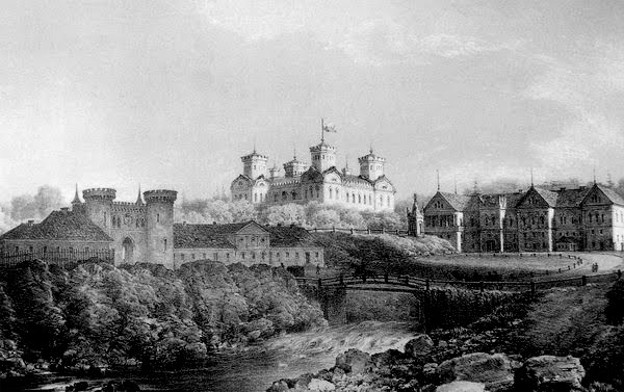
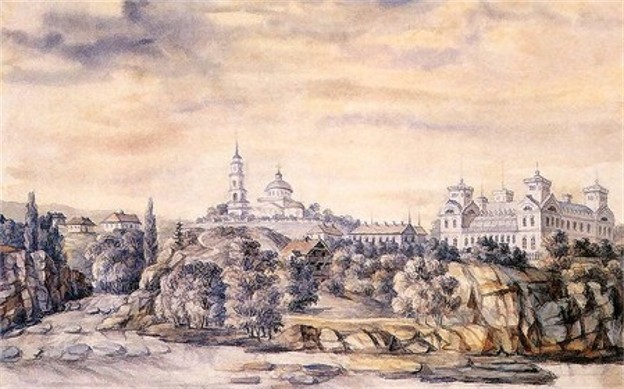
.jpg)
.jpg)
